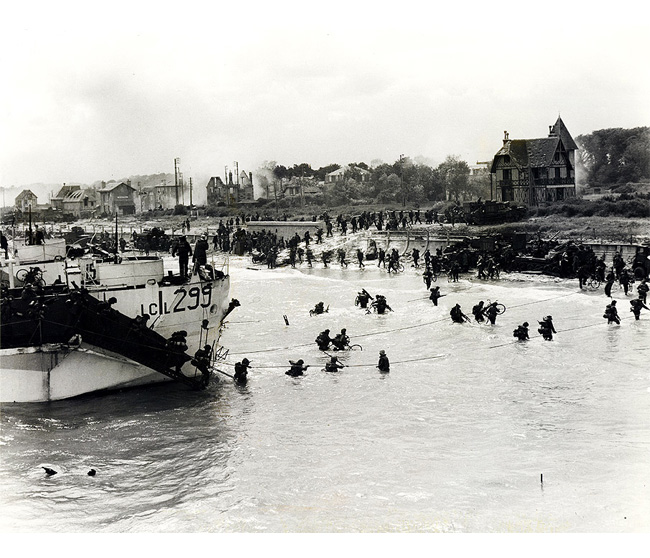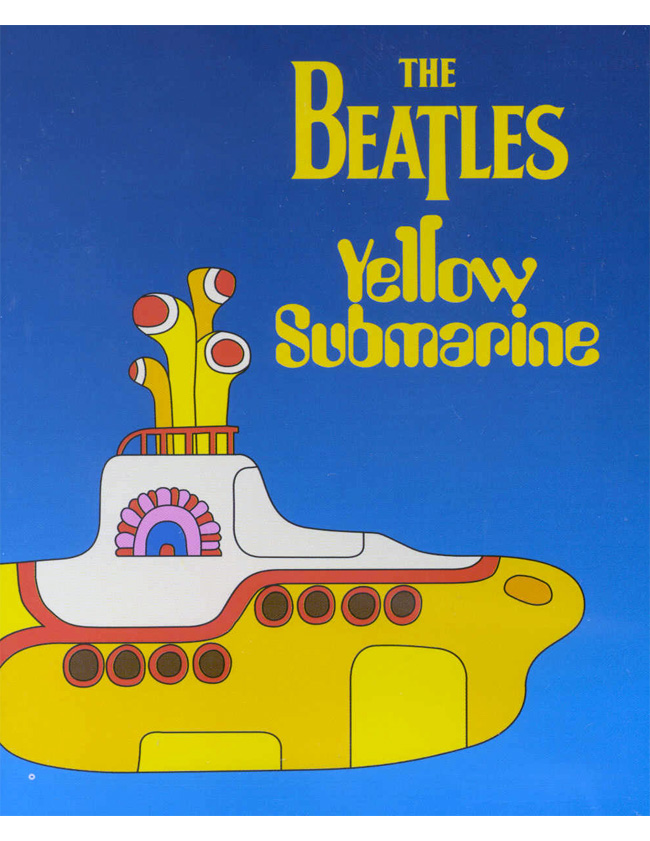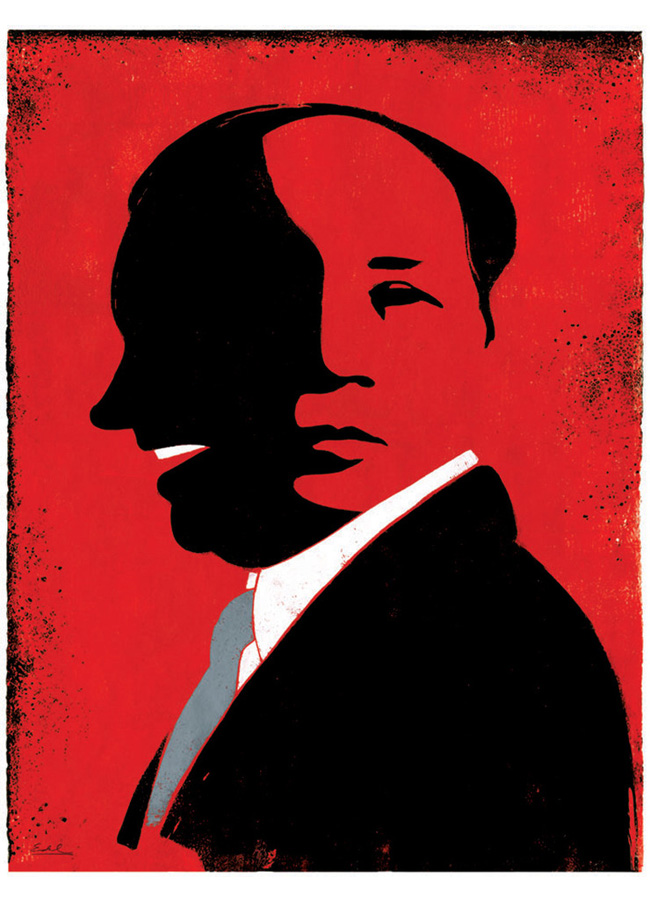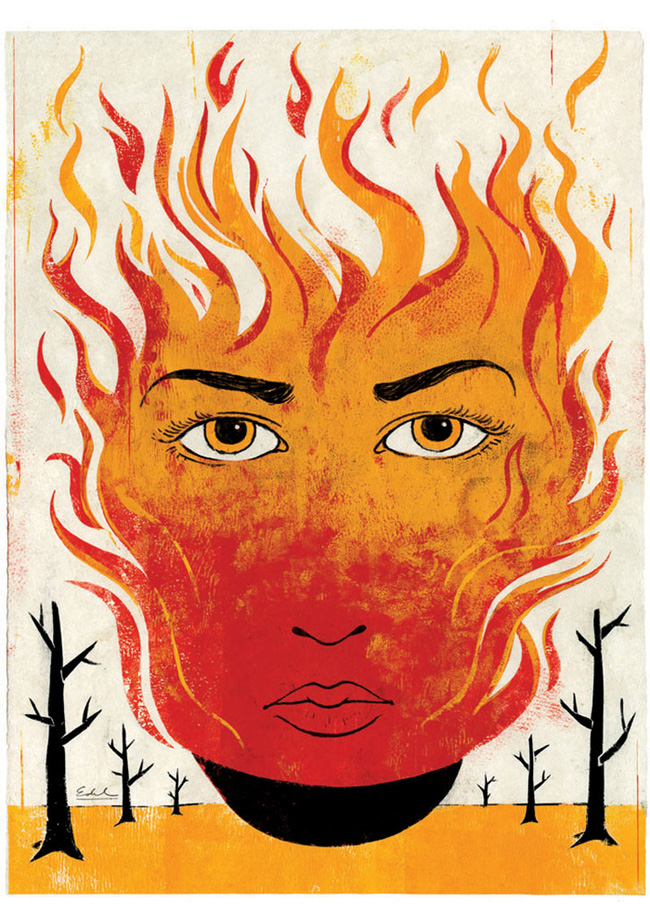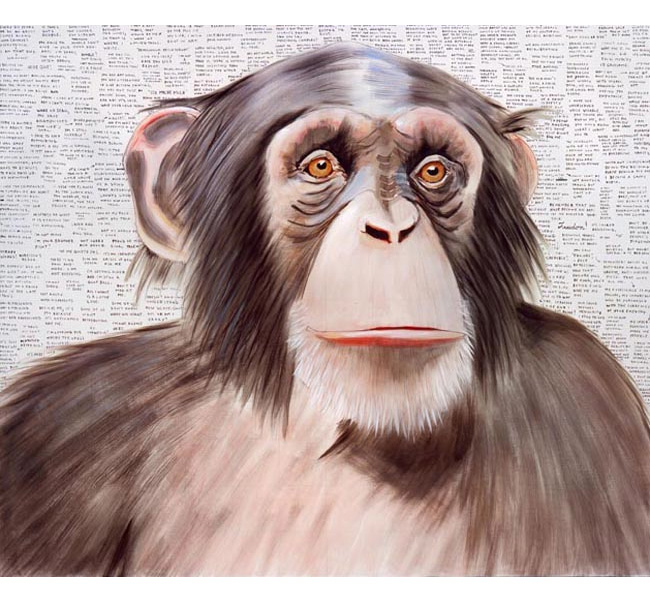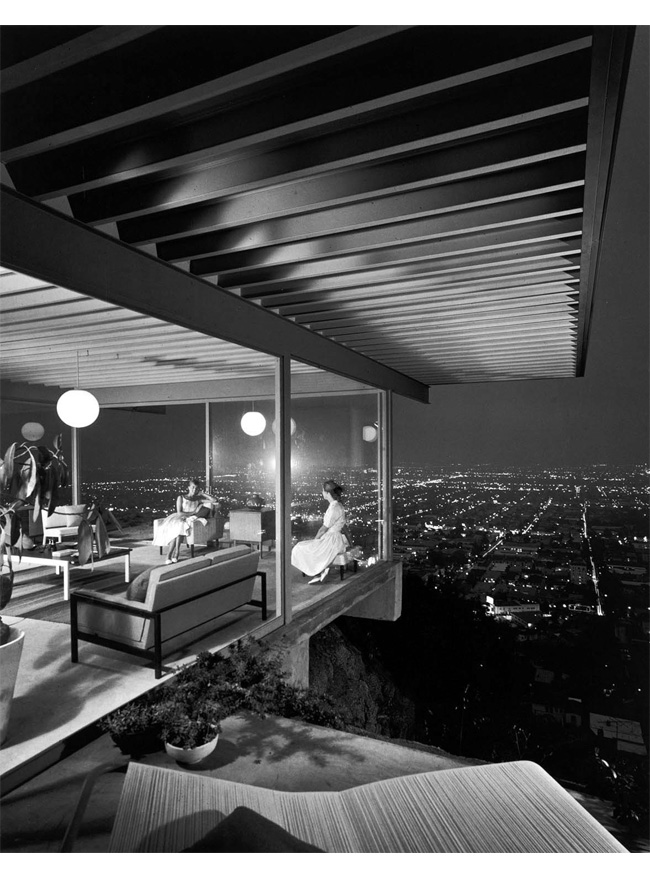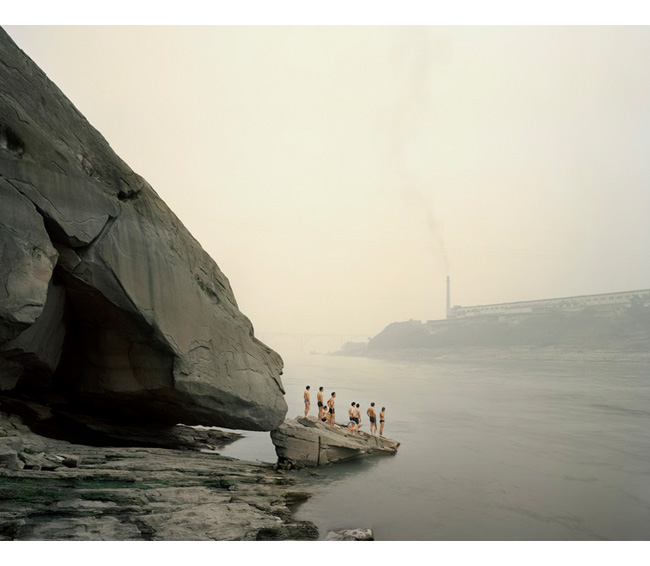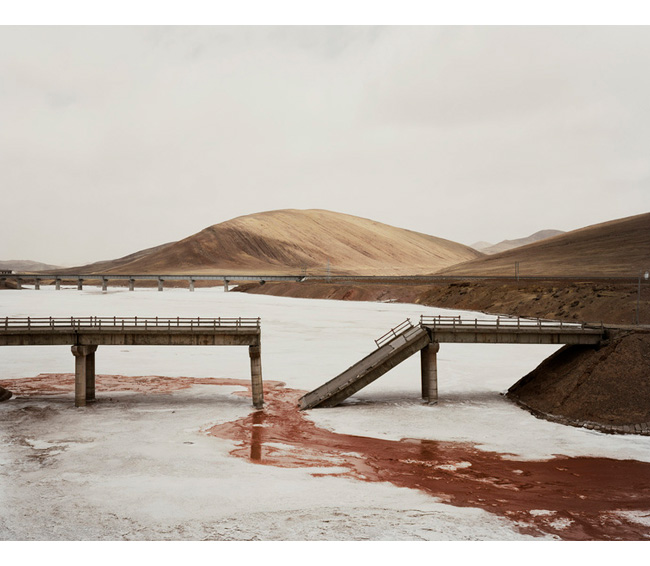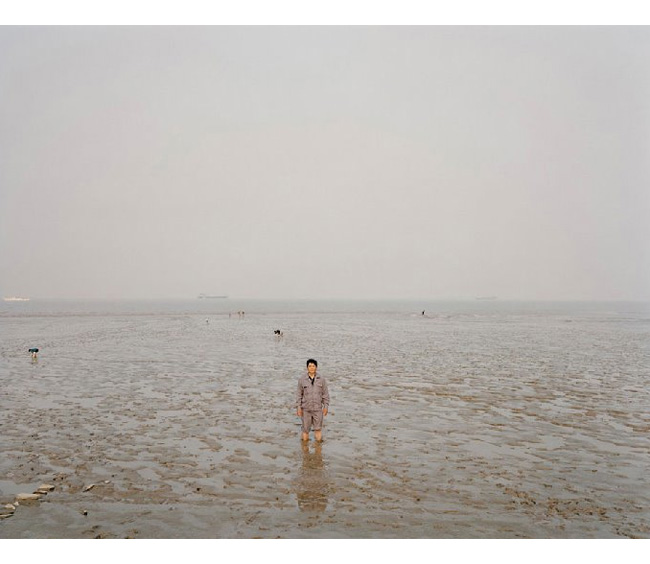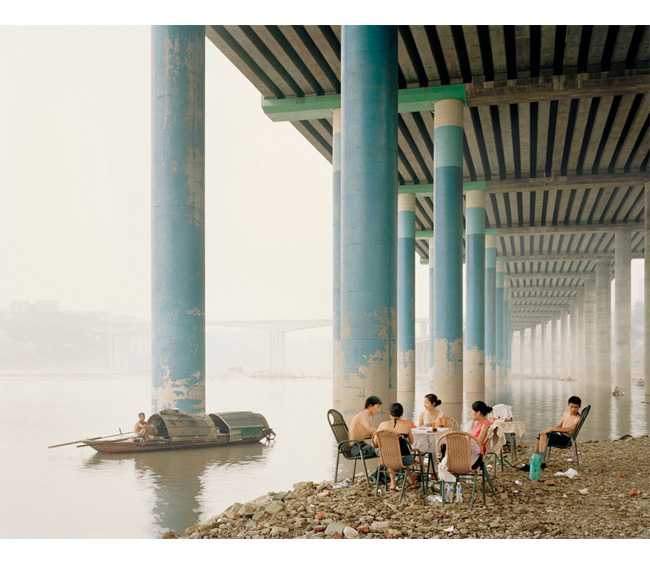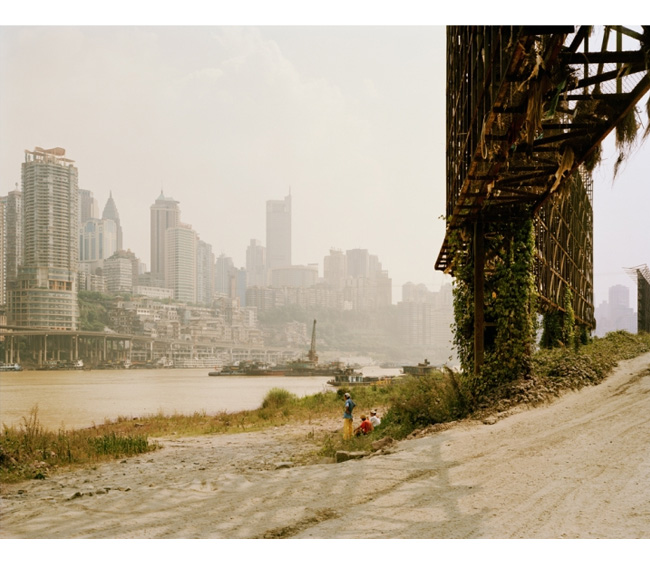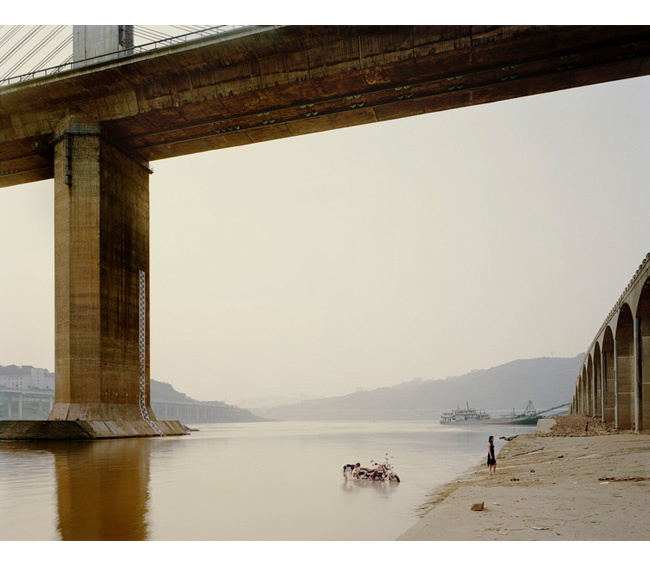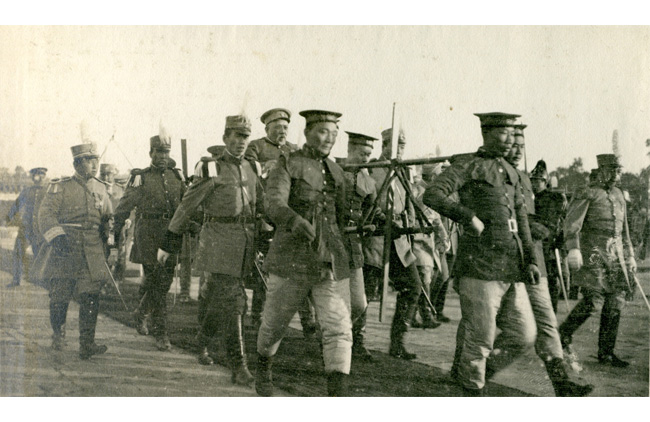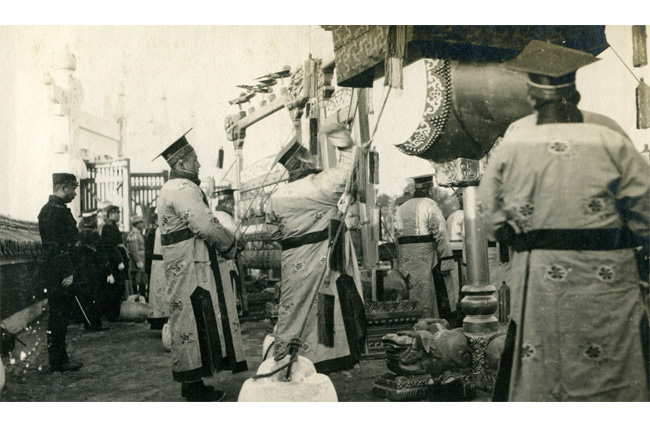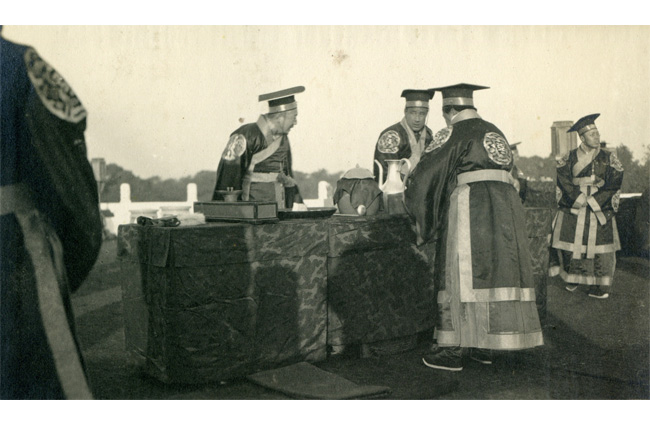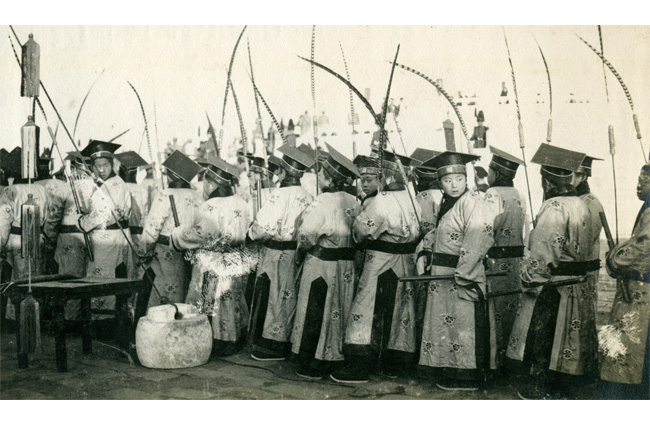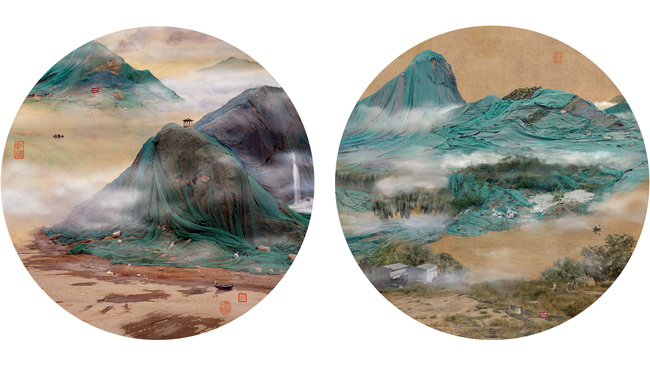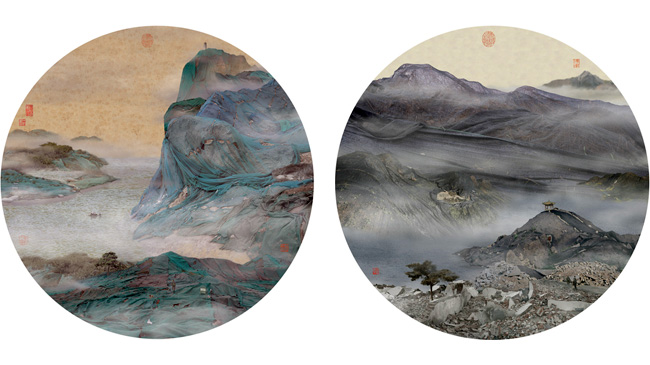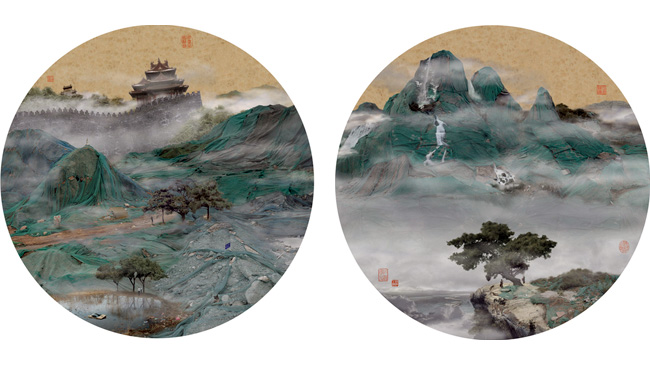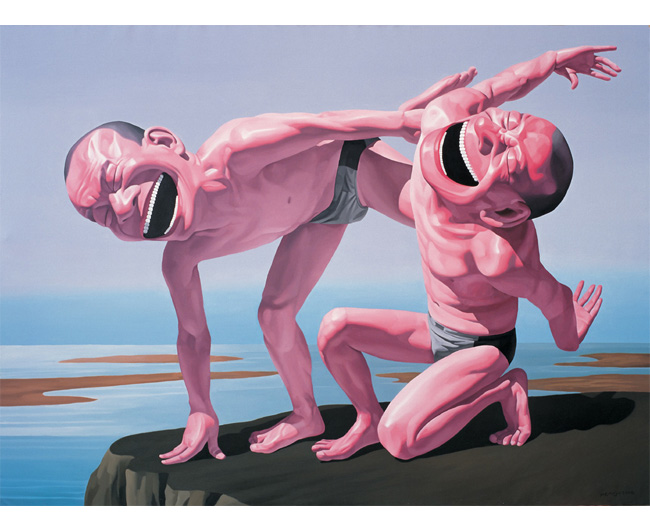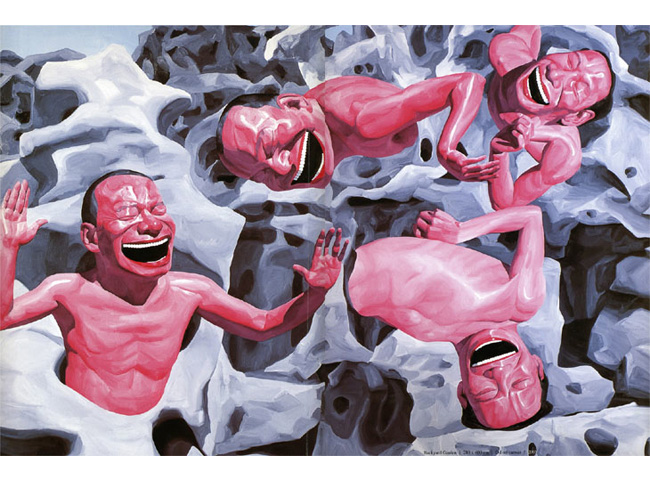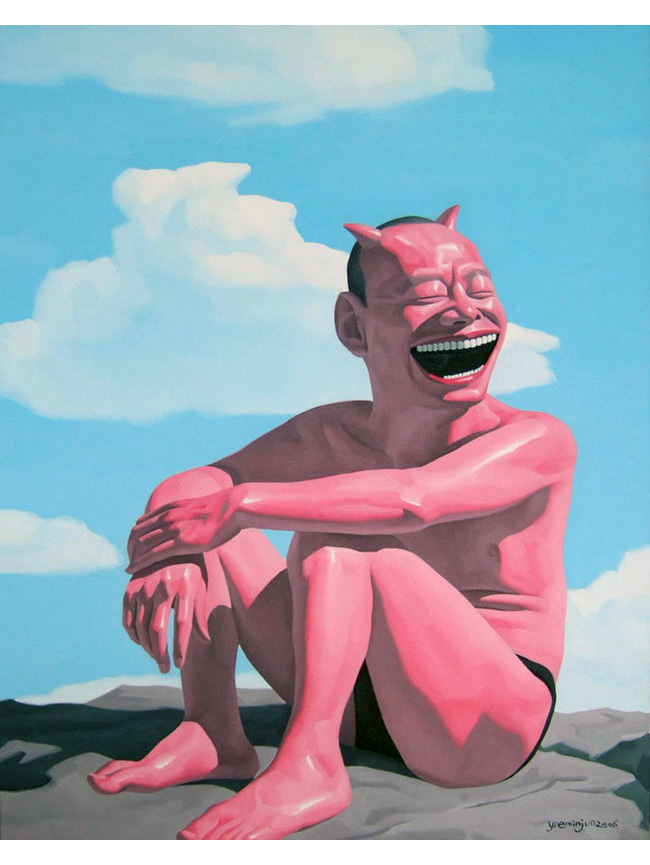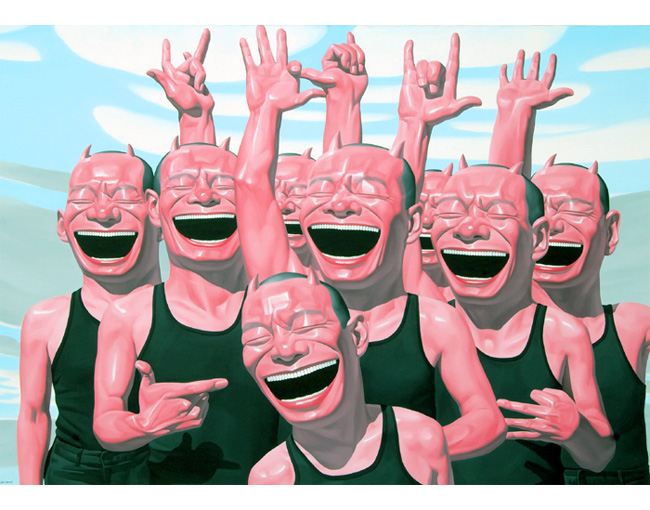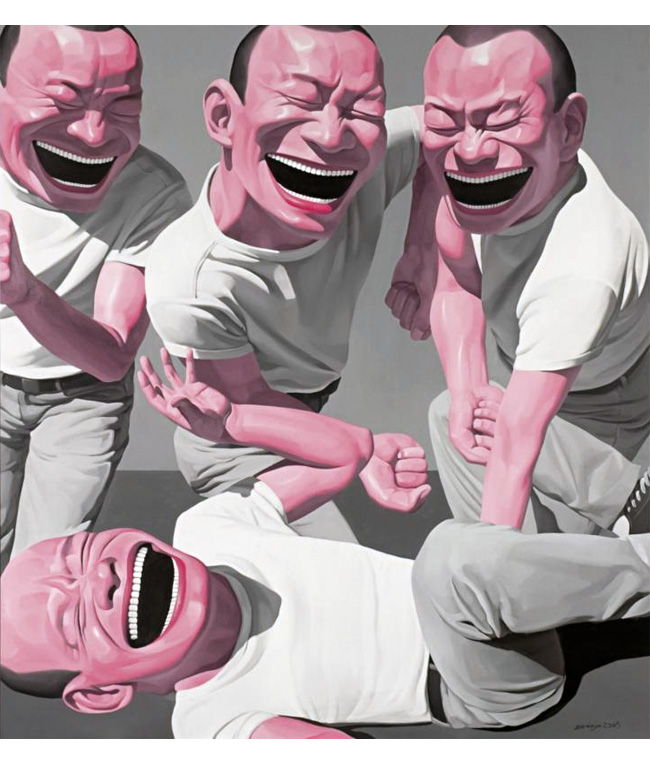War wrecks lives. I hear of my parents’ struggles through wartime as children and it never ceases to break my heart. Innocent children are thrown into the line of fire, made to suffer through adults’ greed, selfishness, intolerance and unreasoning behaviour. This is the primary goal of young Canadian photographer Dominic Nahr’s work. This series, titled “Road to Nowhere”, really captures the strife in Congo - the fears and panic, the fleeing, the sadness, the hopelessness…

“I got into photography because my mother was upset that I never remembered the trips we made as a family. That said, I really didn’t get into photography until I accepted an internship with the local newspaper in Hong Kong called the, South China Morning Post. I have always been attracted to news and history, which is why I became a photographer. I believe that I am shooting for history rather than for current themes.”
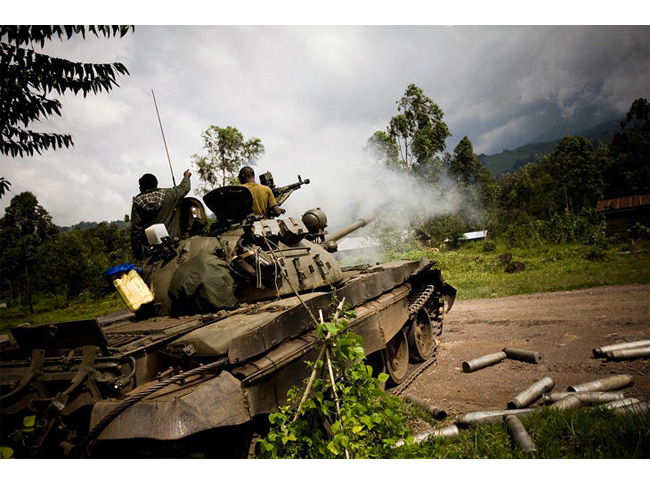

Nahr characterizes his photography as falling into “the realm between documentary and photojournalism, because I am a very particular with what I shoot. I follow my instincts when it comes to who and what I want to photograph. I find that I have the ability to understand situations and see shades of gray, rather than black or white. My photographs are heavy with symbolism, because I want to illustrate the egalitarian nature of man. In my personal work, I am not interested in specifically defining the story of the present, but more so simply looking at how people deal with the pressures that have been placed upon them. I try to place myself into the situation, while including my insight of an outsider in the pictures.”
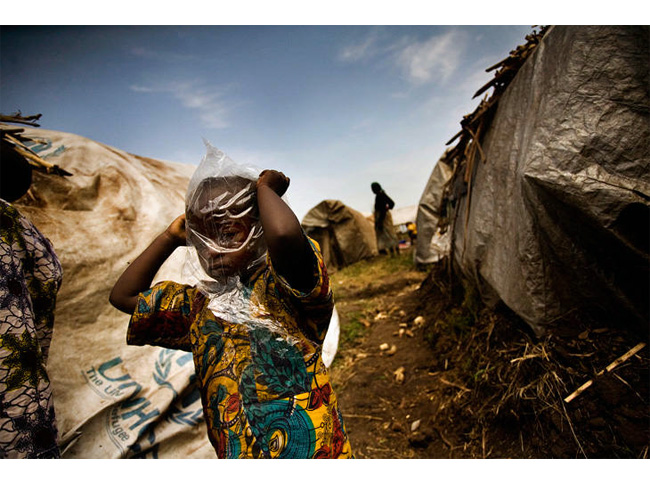
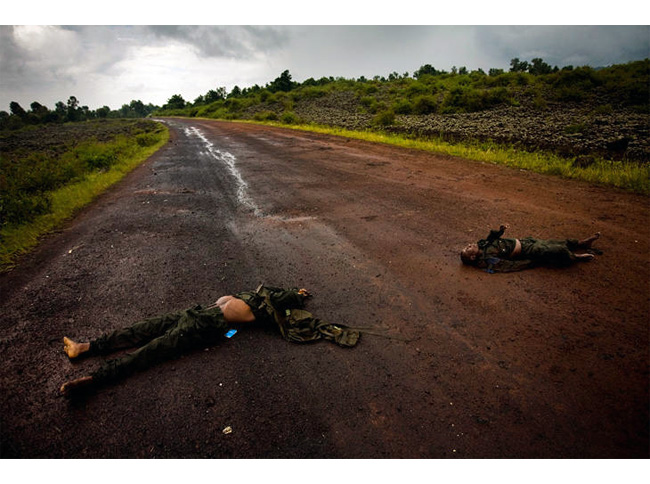
“There are so many aspects of photography that interest me, which is why it will never let go of me. It’s the search for explanations to situations and emotions through the use of the visual language and the recording of moments that define human relationships and define me, as a photographer, to the subjects I photograph.”
Interview by Gwen Norman.


